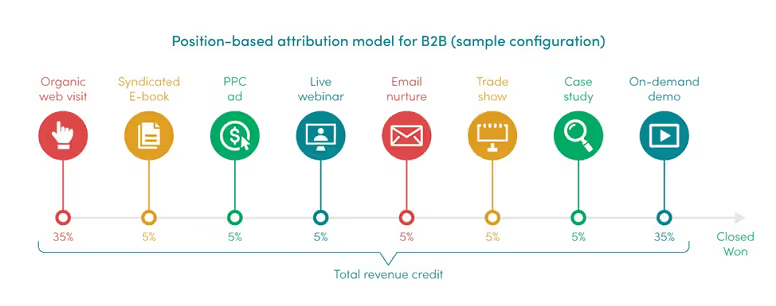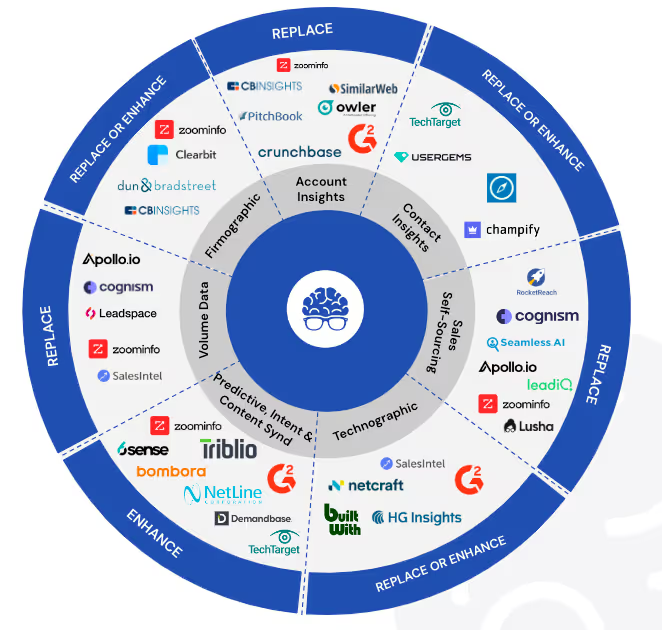Opportunity attribution helps organizations understand which channels, campaigns, or team efforts contribute most to generating sales opportunities and revenue. This guide will outline a step-by-step approach based on insights gathered from a discussion among professionals on various online forums.
Step 1: Determine What to Measure
Decide on Key Metrics:
- Number of Opportunities (SAOs, Stage 2s, etc.): Track the total number of sales-accepted opportunities.
- Dollar Pipeline: Measure the total potential revenue from these opportunities.
Step 2: Choose Your Attribution Model
Understand Different Attribution Models:
- Single Attribution: Assign each opportunity to a single source or team (e.g., sales, marketing, channel). This is straightforward but may oversimplify the contribution of other channels.
- Double Counting Attribution: Allow opportunities to be counted for multiple groups. This recognizes the contribution of various efforts but can lead to inflated success metrics.
- Split Counting: Divide the credit for an opportunity among different groups based on their involvement. This can be complex to implement but offers a balanced view of contributions.
Step 3: Select the Attribution Methodology
Identify How to Attribute Opportunities:
- First Touch: Credit the first interaction a prospect has with your company. This is simple but may undervalue later efforts that move the prospect through the funnel.
- Last Touch: Attribute the opportunity to the last known interaction before conversion. This method favors closing activities but may ignore the importance of initial engagement.
- Weighted or Algorithmic Approach: Use a model like Bizible that attributes value across multiple touchpoints. This is more complex but provides a comprehensive view of what drives opportunities.
Step 4: Implementing Attribution in Your CRM
Set Up Your CRM for Attribution:
- Custom Fields: Create fields in your CRM to track the attribution model metrics, such as the source of the opportunity and the attributed revenue.
- Automation Rules: Utilize automation to assign attribution based on your chosen methodology. This may involve setting up workflows to update opportunity records with the correct attribution information.
Step 5: Regular Review and Adjustment
Monitor and Optimize Your Approach:
- Evaluate Effectiveness: Regularly review the attribution data to understand which channels and efforts are most effective at generating opportunities.
- Adjust Strategies: Use these insights to reallocate resources and adjust strategies to improve performance.
- Resolve Disputes: Establish clear guidelines and processes for attribution to minimize disputes among teams. Transparency and communication are key to resolving any issues that arise.
Step 6: Leverage Technology and Partnerships
Incorporate Advanced Tools and Partnerships:
- Consider partnering with companies like with advanced data analytics and AI for more accurate and dynamic opportunity attribution.
- Explore tools that specialize in multi-touch attribution to gain deeper insights into your sales and marketing funnel.
Conclusion
Defining and assigning opportunity attribution is a critical process for optimizing sales and marketing efforts. By following these steps and choosing the right attribution model and methodology, organizations can gain valuable insights into their revenue-generating activities. Regularly reviewing and adjusting based on attribution data ensures that resources are effectively allocated, maximizing the impact of every sales and marketing initiative.




